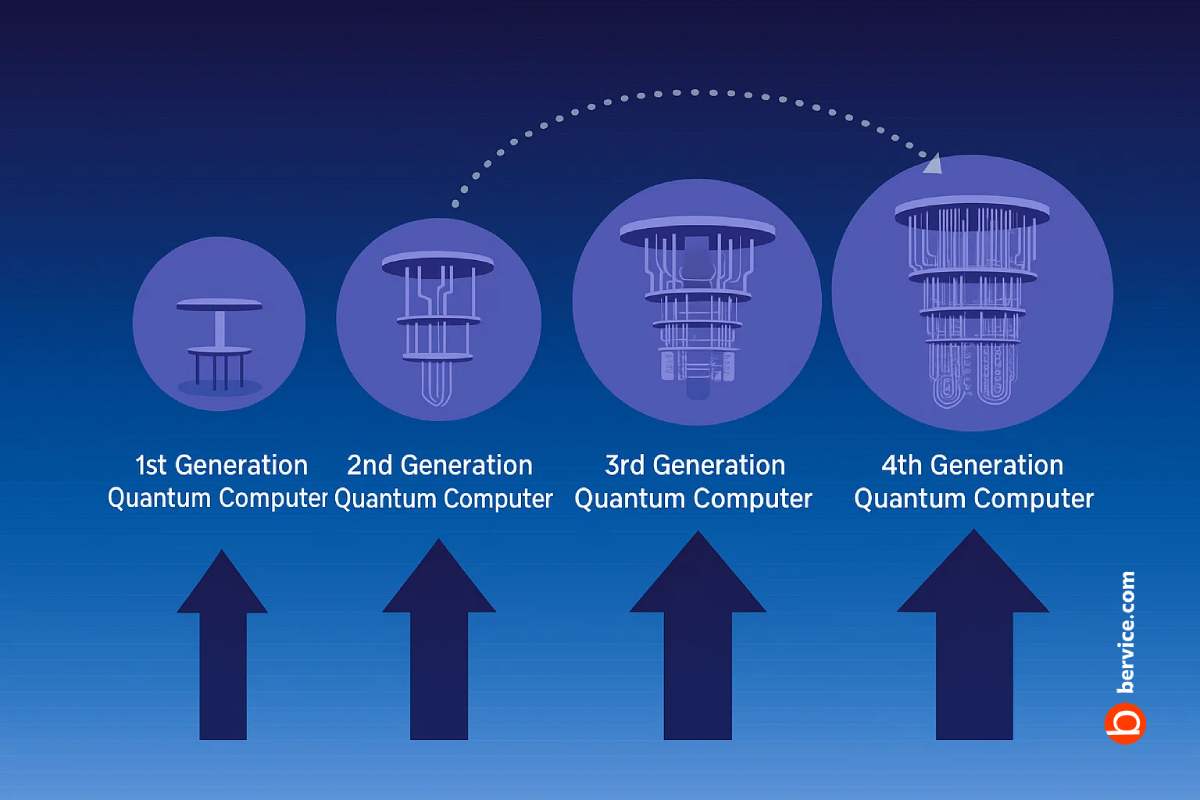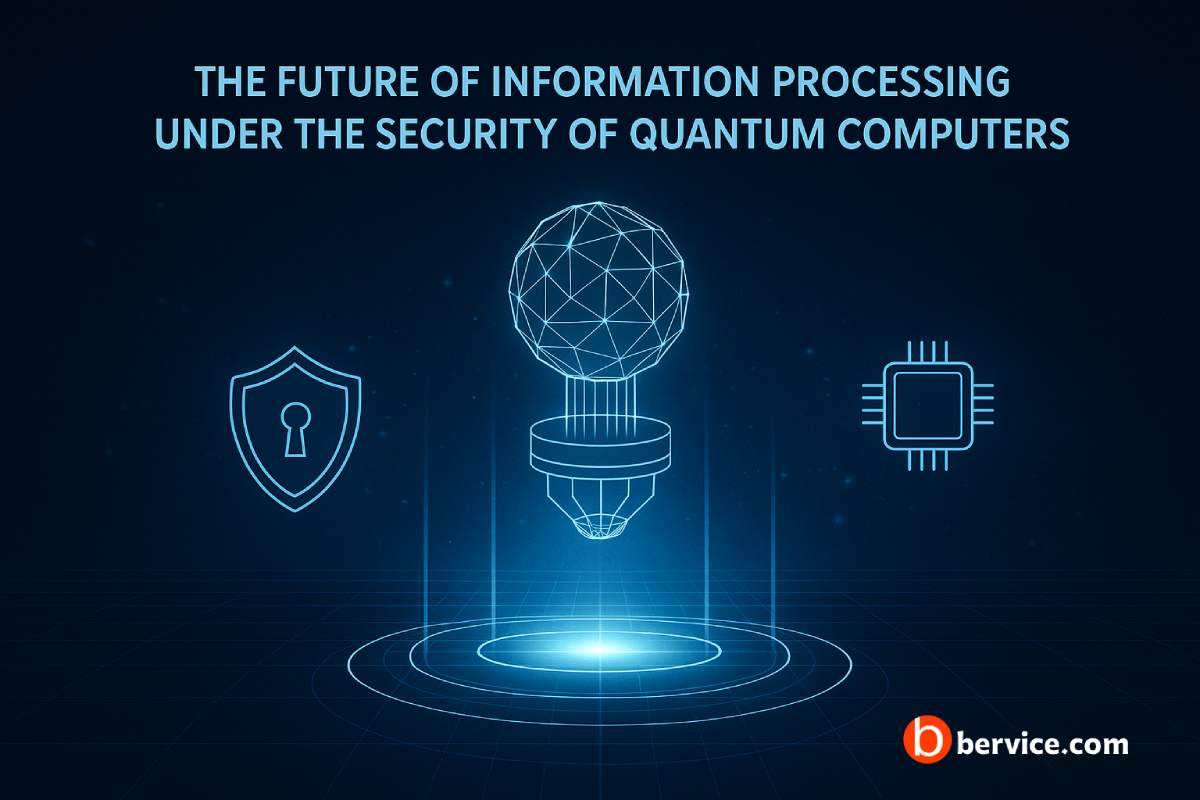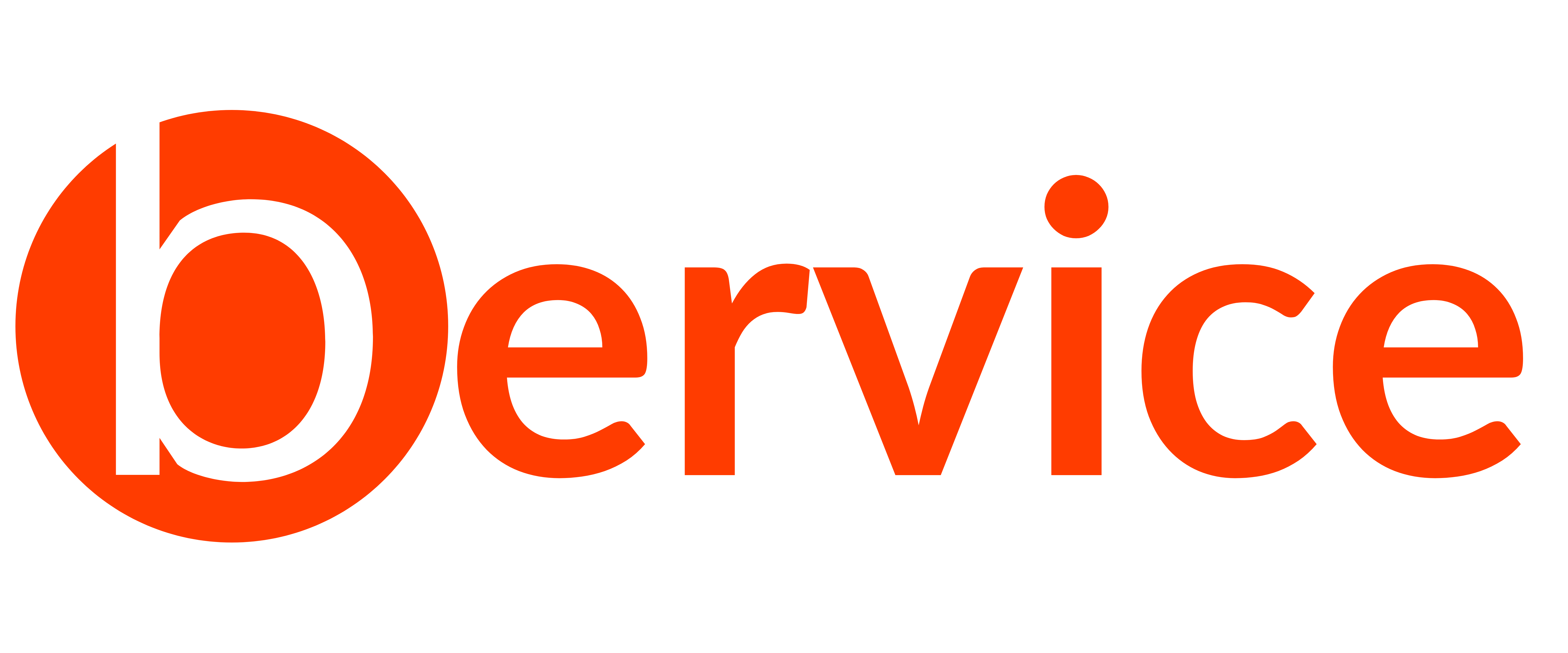
Blockchain technology has transformed the digital landscape by offering a decentralized, transparent, and secure method of recording transactions. At the core of its revolutionary impact lies a simple yet powerful principle: eliminating the need for a central authority. But how exactly does blockchain manage to decentralize control and foster trust among participants who may not even know or trust one another?
🧩 1. The Foundation of Decentralization
Decentralization means that no single entity has control over the entire system. In traditional systems (like banks or centralized databases), data is stored on servers controlled by one organization. In contrast, blockchain distributes its data across a network of independent nodes (computers), each maintaining a copy of the entire ledger.
Every participant (node) in a blockchain network can independently verify transactions, which prevents tampering, censorship, or data loss due to a single point of failure.
⛓️ 2. Distributed Consensus Mechanisms
Trust in a decentralized system is achieved through consensus algorithms. These are protocols that allow all nodes in the network to agree on the validity of transactions and the current state of the blockchain without needing to trust each other.
Two major consensus mechanisms are:
- Proof of Work (PoW) – Used by Bitcoin. Miners solve complex puzzles to validate transactions, making malicious manipulation computationally expensive.
- Proof of Stake (PoS) – Used by networks like Ethereum 2.0, where validators are chosen based on the amount of cryptocurrency they stake, making it economically disadvantageous to cheat.
🔍 3. Transparency and Immutability
All transactions on public blockchains are transparent and viewable by anyone. Once data is recorded on a block and added to the chain, it becomes immutable—it cannot be altered or deleted. This creates a permanent and auditable trail of records.
This transparency and immutability naturally builds trust. Even without trusting individuals or organizations, users can trust the system’s rules and data integrity.
🔐 4. Cryptography as the Trust Engine
Blockchain heavily relies on cryptographic techniques to secure data and verify identities:
- Hash functions ensure that any tampering with data is easily detectable.
- Digital signatures allow users to sign transactions using their private keys, proving authenticity without exposing sensitive information.
This combination ensures that transactions are secure, verifiable, and tamper-proof.
🌍 5. Open Participation and Censorship Resistance
Anyone can join a public blockchain network. This open participation makes it difficult for any single party to control or manipulate the network.
Moreover, because blockchains do not rely on a central server, they are naturally resistant to censorship. Governments or corporations cannot easily shut down or interfere with decentralized platforms.
🤝 6. Smart Contracts and Automated Trust
Smart contracts are self-executing agreements encoded on the blockchain. They automatically enforce rules and carry out actions when predetermined conditions are met—without needing a middleman.
This automation reduces the potential for human error or fraud and reinforces trust through predictable, transparent processes.
✅ Conclusion: Trust Through Technology, Not Institutions
Blockchain’s genius lies in shifting the basis of trust—from people and institutions to mathematics and code. Through decentralization, consensus algorithms, cryptography, and transparency, blockchain builds a digital environment where participants can transact, collaborate, and innovate with confidence—even in the absence of centralized authorities.
As industries continue to explore blockchain’s potential, its role in shaping a more open, secure, and decentralized digital future becomes ever more significant.
Connect with us : https://linktr.ee/bervice





